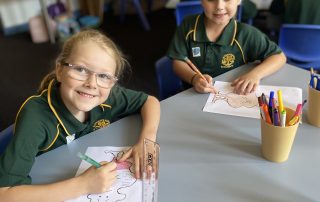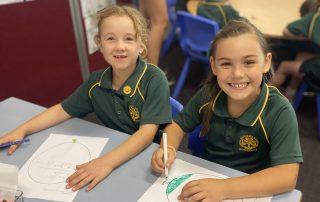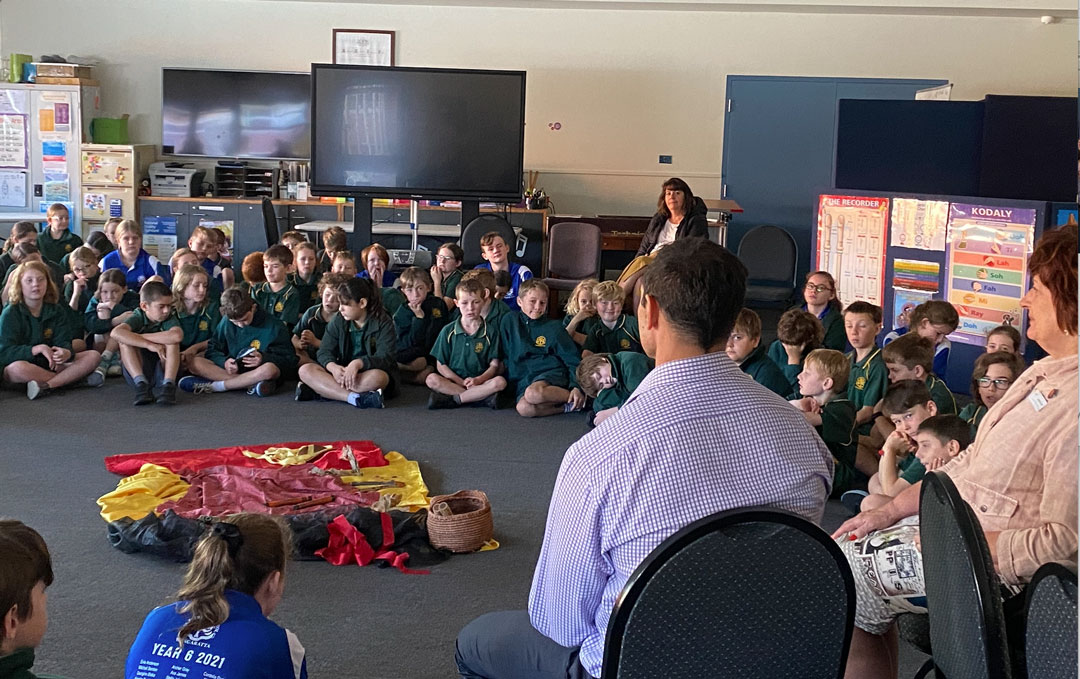Educational Philosophy
Our educational philosophy encompasses a student-centred approach, acknowledging that all students are unique. In a safe, supported, and engaging environment, we aim to guide students to reach their full potential.
Our school community draws on the values and traditions of the Brigidine Order of Strength and Kindness through supporting others and actively caring for our world. St Patrick’s School continues this legacy by living, loving, and learning in Christ. The Source of Life strands, ensure our students experience the spiritual growth provided through the Witness of Christ. Through our FIRE Carrier Covenant, we value Aboriginal and Torres Strait Islander cultures and perspectives.
We foster open communication between families, students, and teachers ensuring that relevant support is provided. This includes school-based assessments and associated support programs with allied health services.
Our learning and teaching practices and dedication to student well-being are the embodiment of our educational philosophy. We believe in a student-centred approach and have the right to a stimulating educational environment that is guided by continuous formative assessment.
Our staff frequently engage in professional development to uphold our goal of providing evidence-based learning. In turn, supporting student’s growth and learning outcomes. Students’ learning and progress inform teaching, and learning goals and measure individual growth.
In our ever-changing world, we encourage our students to look outward and become global citizens who are lifelong learners with a strong sense of social justice. This is achieved through providing engaging, practical, and real-world learning based on current interests and events.
Leader of Teaching and Learning
The leader of teaching and learning is responsible for working collaboratively with the teaching group to ensure a viable and guaranteed curriculum is delivered to all learners. The Victorian Curriculum guides the learning outcomes of the curriculum, however it is through analysis and evaluation of student learning that the classroom curriculum design is driven.
The teaching and learning leader supports teachers through providing: challenging goal setting and feedback through coaching and Professional Learning Communities; organising timely and relevant professional learning to support curriculum design, pedagogy and assessment; and providing opportunities for teachers to collaboratively observe lessons and share expertise.
The teaching and learning leader also works in the learner diversity space providing classroom support. This role allows students’ individual learning needs to be addressed through differentiated curriculum, 1:1 interventions and other adjustments which provide all learners access to the curriculum.
Curriculum
Technology Program
Core Generalist:
Specialists:
Programs:
Assessment and Reporting
The school follows a whole school assessment schedule with includes both formative and summative assessments. NAPLAN data is analysed and evaluated to inform strategic planning. School reports are provided semesterly following VRQA guidelines. Parents are offered two formal Parent-Teacher Interviews yearly as well as the opportunity for informal conversations regarding student learning.
Learner Diversity
At St Patrick’s school we have one person who oversees the students needs for their learning outcomes. Students who have a disability (social/emotional, cognitive, physical or sensory) will have a personal learning plan which allows the student to access the curriculum. A Parent support group meeting is held each Term to monitor and evaluate the students achievements using SMART goals.
The Disability Standards for Education 2005 require that all Australian schools:
The Learner Diversity person also liaises with the Catholic education office, OT’s, Speech Pathologists and Psychologists. They work closely with staff to ensure students specific needs are being met.


























